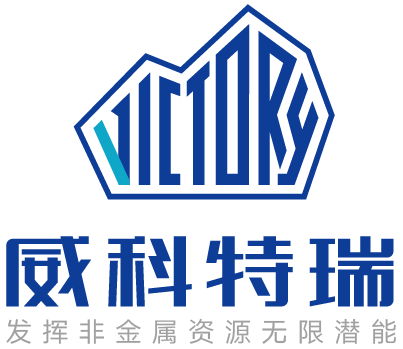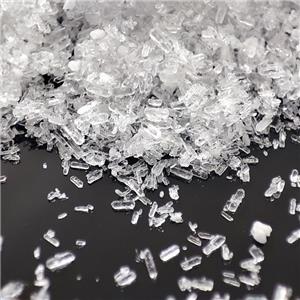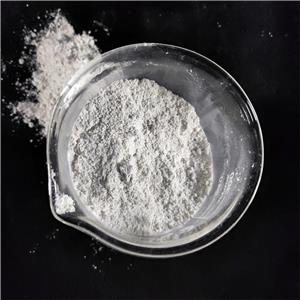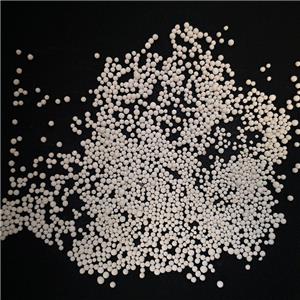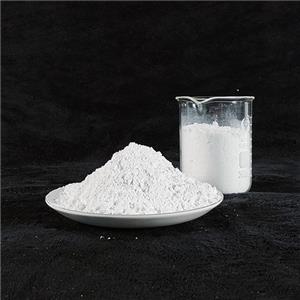What is the purpose of antimony trioxide?-2
3. Catalyst in Chemical Reactions: Enabling High-Performance Plastics Production
Critical Role in PET Manufacturing
Antimony trioxide for Flame-retardant serves as an exceptionally effective polycondensation catalyst in the production of polyethylene terephthalate (PET), one of the world's most widely used plastics. This application is particularly crucial because PET accounts for nearly 30% of all plastic packaging globally, including:
Beverage bottles (water, soft drinks)
Food containers and packaging films
Synthetic fibers for textiles (polyester)
Mechanism of Catalytic Action
The polymerization process occurs in two key stages where Antimony trioxide for Flame-retardant plays a vital role:
Esterification Phase:
Monoethylene glycol (MEG) reacts with terephthalic acid (PTA)
Forms bis(2-hydroxyethyl) terephthalate (BHET) precursor
Polycondensation Phase (where Sb₂O₃ is most active):
Catalyzes molecular chain elongation
Facilitates byproduct (water) removal
Enables achievement of high molecular weights (IV values 0.6-0.85 dl/g for bottle-grade PET)
4. Pigments and Paints: Specialized Applications of Antimony trioxide
Current Market Position in Pigmentation
While titanium dioxide dominates the white pigment market (90% share), Antimony trioxide for Flame-retardant maintains niche applications due to its unique properties:
Key Differentiating Properties:
Higher refractive index (2.087) than most extenders
Exceptional thermal stability (up to 656°C)
Synergistic effects with other flame retardants
Specialized Paint Applications
High-Performance Industrial Coatings
Chemical-resistant paints: Antimony trioxide for Flame-retardant Used in chemical processing plants where both corrosion protection and fire resistance are required
Marine coatings: Antimony trioxide for Flame-retardant Provides additional fire protection for ship hulls and offshore platforms
Powder coatings: Antimony trioxide for Flame-retardant Particularly in electrical cabinet finishes
5. Other Industrial and Niche Applications: Expanding the Utility of Antimony trioxide
A. Electronics and Semiconductor Applications
Varistor Production
Functions as a key dopant in zinc oxide varistors (ZnO-V)
Creates grain boundary barriers for voltage-dependent resistance
Critical for surge protectors in:
Power transmission systems
Consumer electronics
Automotive electronics
Semiconductor Technology
Used as a dopant in certain III-V semiconductors
Emerging research in:
Thin-film transistors
Photovoltaic applications
Quantum dot synthesis
C. Battery Technology: Emerging Research Frontiers
Lithium-Ion Battery Applications
Anode material research:
Antimony trioxide conversion-alloying mechanism (theoretical capacity 1109 mAh/g)
Nanocomposite designs with carbon matrices
Addressing volume expansion challenges
Next-Generation Battery Systems
Potential use in:
Sodium-ion batteries
Potassium-ion batteries
Solid-state battery architectures
Current Research Challenges:
Cycle life limitations
Coulombic efficiency improvements
Scalable synthesis methods
